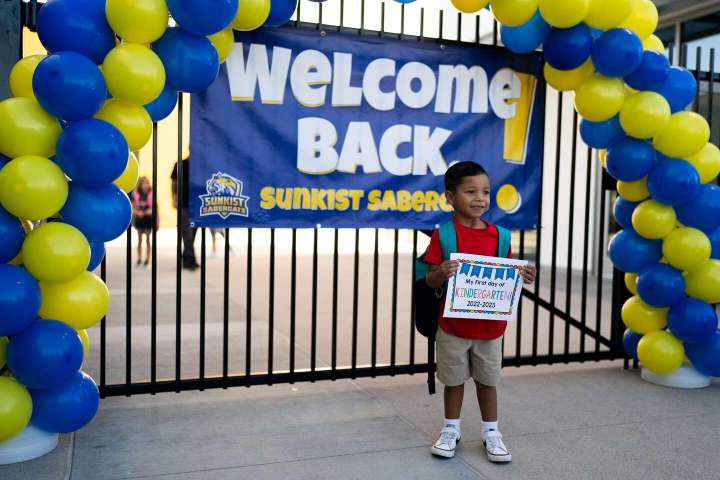It has long been clear that covid-19 school closures led to widespread learning loss, particularly in low-income communities. As some schools prepare for a new academic year, evidence is piling up that the harm was far more extensive, particularly the toll on students’ behavioral and mental health.
Students are struggling and lashing out. Schools must respond.

Covid-19 is one of several factors. Anxiety and depression rates among teenagers were high even before the pandemic, and stressors such as school violence, economic uncertainty and political turbulence all increase pressure on young people. Yet the abrupt disappearance of school-based support systems and regular peer-to-peer interaction no doubt exacerbated such trends. On top of that, estimates suggest more than 200,000 children lost a caregiver to covid-19.
This poses a challenge for educators at a time when the entire system is struggling. There is a national shortage of teachers — as well as school psychologists, counselors, nurses, special-education teachers and more. Stagnating wages, burnout and a political climate that has made schools flash points in the culture wars have all likely contributed. Montgomery County Public Schools has about 500 staff vacancies, while D.C., Fairfax County, Arlington and Alexandria City Public Schools have all seen a spike in resignations this year.
The American Rescue Plan and the recently signed Safer Communities Act both contain funding for school mental health support. But, with a limited pool from which to hire, schools are struggling to scale up.
So some districts are collaborating with community mental health professionals and partners. Two states provide emergency certifications to school counselor candidates. Another option is recruiting retired professionals who might be willing to work part time.
But these are only stopgaps. Education officials and state policymakers should expand the pipeline for teachers, mental health professionals and other school staff, working with graduate schools to expand programs and lower costs. Doing so is only more urgent if schools seek, as they should, to build diverse workforces that reflect the communities they serve. School districts must also reduce employee attrition. Investing in better working conditions and professional development could help. And schools should use their pandemic-era crash course in education technology to think about whether new tools such as teletherapy can help overstretched school psychologists and counselors reach more students effectively.
Some of these initiatives will cost money. State lawmakers should provide the necessary funding.
Schools are not just places where students learn to read, write and do math. Children need to socialize and build emotional skills. Teachers are now first responders addressing the pandemic generation’s deficits in learning and experience. Schools need help to get through this new challenge — and, in the process, to build a better student support system for years to come.






